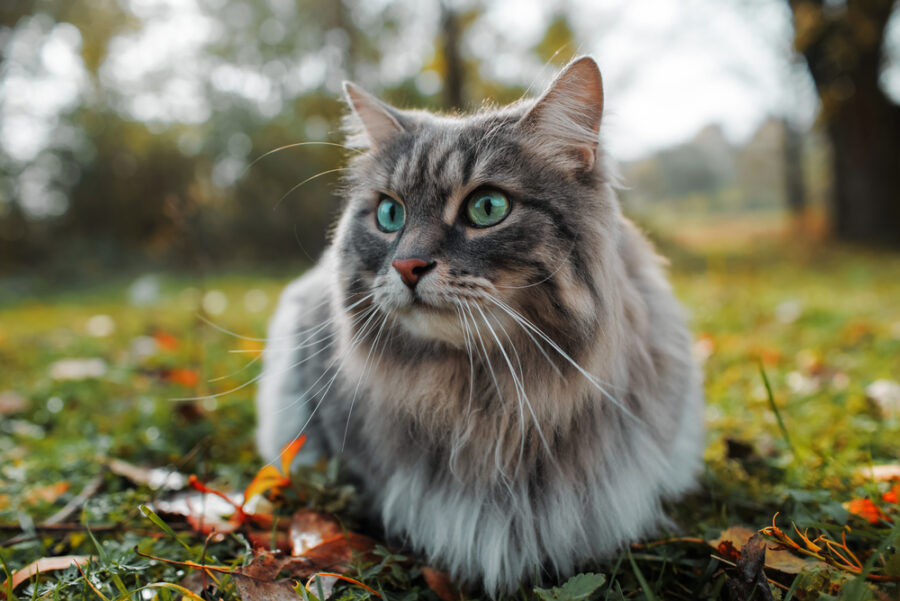Cats use their anal glands to produce unique odors that repel rivals, attract mates, and mark territory. Now, researchers have deciphered the role the microbiome plays in this form of feline communication.
A recent study, employing metagenomic sequencing mass-spectrometry-base metabolomics, and culturing, identified the organisms potentially responsible for these odors. The findings revealed a diverse microbiome within the anal glands of domestic cats. The dominant bacteria identified included Corynebacterium, Bacteroides, Proteus, Lactobacillus, and Streptococcus, with significant variation among individual cats. Strikingly, microbiome profiles were found to vary with both the age and weight of the feline subjects.
Metabolites such as fatty acids, ketones, aldehydes, and alcohols were detected in the glandular secretions, suggesting a relationship between bacterial activity and the resultant compounds responsible for the distinct scent associated with cats. Notably, the study demonstrated a modest correlation (r = 0.17) between the microbiome and metabolome profiles, hinting at a potential relationship between the bacteria in the glands and the volatile compounds produced.
Through metagenomic data analysis, the researchers generated 85 high quality metagenome assembled genomes (MAGs), including four standout candidates for further investigation: Corynebacterium frankenforstense, Proteus mirabilis, Lactobacillus johnsonii, and Bacteroides fragilis. These bacteria, identified as abundant in the larger microbiome dataset, were also successfully recovered as cultured isolates.
- Corynebacterium, a common inhabitant of various mammalian glands, has been implicated in cleaving odorant precursors and releasing key components of axillary odor.
- Proteus mirabilis, known for attracting blowflies to animal carcasses, was found to secrete indoles, carboxylic acids, and phenols.
- Lactobacillus johnsonii, though not typically found in anal gland secretions, can produce volatile compounds such as acetate and ethanol.
- Bacteroides fragilis, isolated from a Bengal cats anal gland, produced the same volatile compounds found in anal gland secretions.
This study not only provides valuable insights into the world of domestic cats but also establishes the groundwork for future research into the broader field of animal communication and microbiome interactions. As the research unfolds, the roles of microbiota may continue to captivate scientists and bring forward more valuable discoveries.








